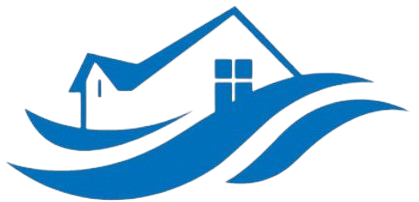Mold Damage from Leak Restoration in Nahant, Massachusetts
Possible Causes of Mold Damage from Water Leaks
Water leaks are a leading cause of mold growth in homes and businesses. Leaks can originate from damaged plumbing, roof failures, or faulty appliances, leading to hidden moisture buildup behind walls, under floors, or inside ceilings. When these leaks go unnoticed or untreated for extended periods, they create the perfect environment for mold spores to thrive.
In Nahant, coastal humidity can exacerbate the problem, especially if ventilation is poor or there are continuous water intrusions. Small leaks from damaged window seals or sewer backups can also contribute to persistent moisture issues, making mold growth more likely. It’s crucial to address water leaks promptly to prevent mold from spreading and causing further property damage.
How Our Experts Handle Mold Damage from Water Leaks
Our team begins with a thorough inspection to identify all sources of water intrusion and mold growth. Using advanced moisture detection tools, we locate hidden leaks and assess the extent of mold contamination. This step ensures that no problem area is left untreated, reducing the chance of future mold outbreaks.
Once the source of the leak is stopped, we implement professional water extraction and drying techniques. Our rapid response minimizes the moisture that mold spores need to multiply. We also employ specialized mold removal procedures, including HEPA vacuuming and antimicrobial treatments, to safely eliminate mold spores from affected surfaces.
In addition to cleaning, we take steps to restore your space, such as repairing damaged drywall, replacing contaminated insulation, and sealing vulnerable areas. Our goal is to restore your property to its pre-damage condition while ensuring the mold issue is fully addressed. For fast and effective mold damage restoration, contact us today at (888) 884-7150.
Why We Are the Best Choice for Mold Damage Restoration
Our team has extensive experience in handling mold issues caused by water leaks in Nahant and nearby areas. We understand local building materials and weather conditions that can influence mold growth, allowing us to tailor our restoration services to your specific needs. Our professional approach ensures efficient and thorough results every time.
We use state-of-the-art equipment and environmentally safe mold removal techniques to protect your health and property. Our experts are committed to clear communication and providing honest assessments, so you know exactly what is needed to resolve your mold problem. Customer satisfaction is our highest priority, and we back our work with guarantees that give you peace of mind.
Choosing us means selecting a trusted local service dedicated to quick response times and exceptional quality. We’re available 24/7 to handle emergencies, so you never have to wait when mold is threatening your home. Call us now at (888) 884-7150 for dependable mold damage restoration you can count on.
Frequently Asked Questions
What are the early signs of mold growth after a leak?
Common signs include a musty odor, visible mold patches, or unexplained health issues such as allergies or respiratory problems. Water stains and warped materials can also indicate hidden mold growth.
How long does mold removal usually take?
The duration depends on the severity of the mold infestation. Typically, minor cases can be resolved within a few days, but extensive mold spread may require additional time for complete restoration.
Is mold removal safe for my family?
Yes, our team uses professional, environmentally friendly methods to ensure safe removal. We take care to contain spores and prevent cross-contamination, so your family stays safe throughout the process.
Will I need to replace drywall or insulation after a leak?
In many cases, affected materials like drywall or insulation need to be removed and replaced to ensure all mold is eliminated and your space is properly restored.
How can I prevent mold growth after repairs?
Maintaining proper ventilation, controlling humidity levels, and promptly repairing any leaks are key steps. Regular inspections can help catch issues early before mold becomes a problem.
